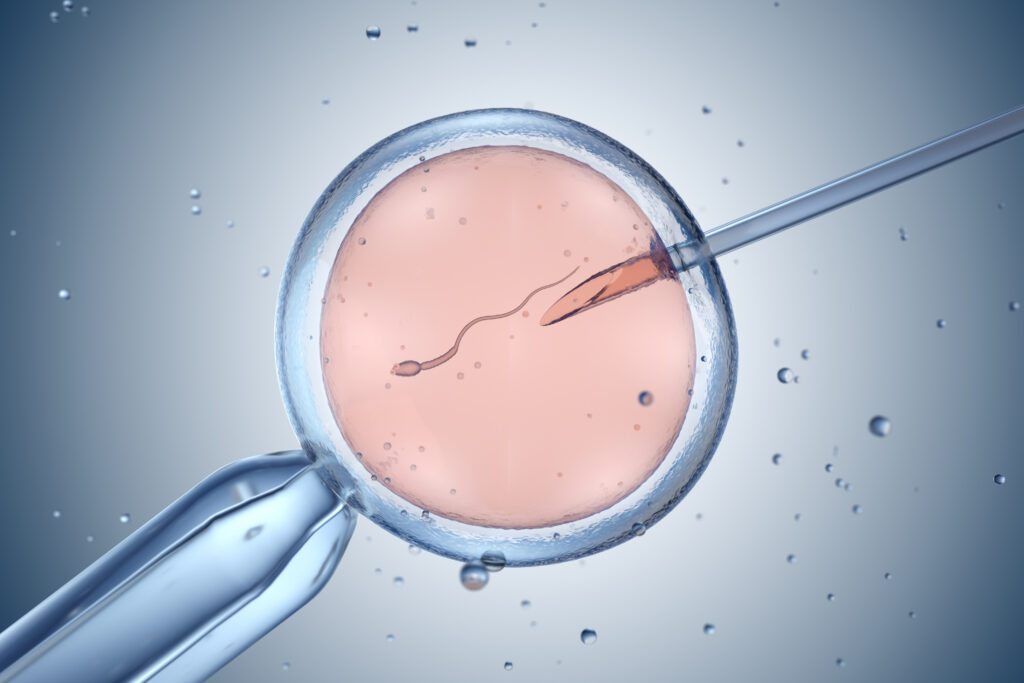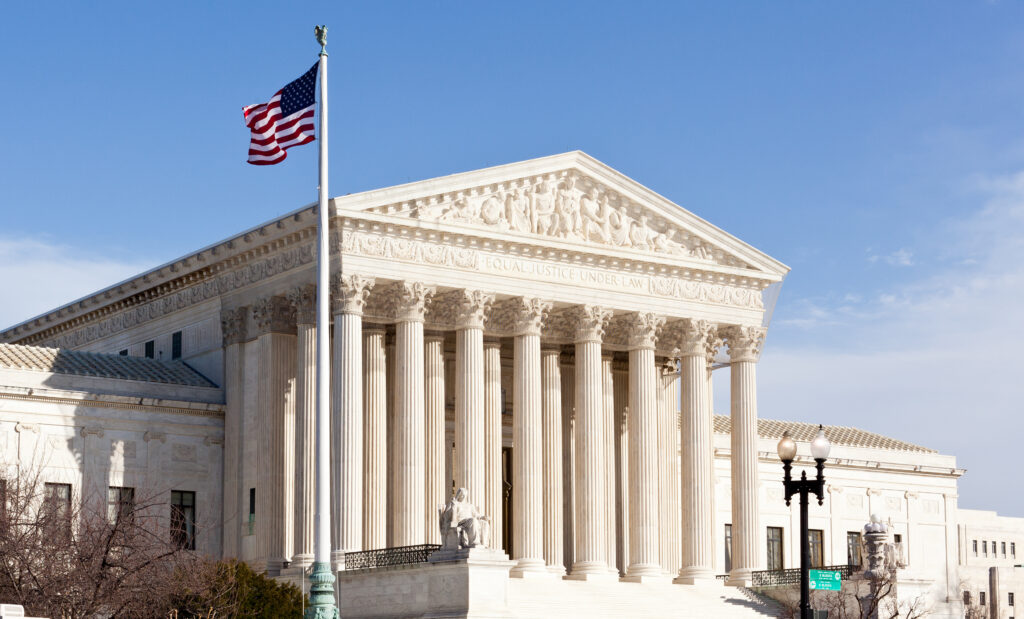Addendum to Hyde @ 40: Analyzing the Impact of the Hyde Amendment
Editor’s Note (6/27/2023): This paper has been updated to include calculations through May 31, 2023. For the most current paper, please see: https://lozierinstitute.org/hyde-40-analyzing-the-impact-of-the-hyde-amendment-with-july-2020-and-june-2023-addenda/
Addendum
Since the Charlotte Lozier Institute’s analysis of the Hyde Amendment was published in November of 2016, three states have changed how their Medicaid programs cover elective abortions.
Maine
At various points in the 1970s, Maine funded elective abortions though its Medicaid program. However, it quit funding elective abortions through Medicaid after the U.S. Supreme Court’s Harris v. McRae decision in 1980.[1] As of 2016, the federal Hyde Amendment was saving approximately 352 lives a year in Maine. However, in June of 2019, Maine Governor Janet Mills signed legislation that required that required the state to fund all elective abortions for Medicaid-eligible women. This piece of legislation took effect September 19, 2019.[2] Therefore, I estimate the Hyde Amendment saved approximately 282 lives in Maine in 2019 and no lives in 2020.
Illinois
After the U.S. Supreme Court’s 1980 Harris v. McRae decision, Illinois did not fund elective abortions through its state Medicaid program.[3] In 1994, the Circuit Court of Cook County held that the state’s abortion funding limits violated the state constitution. However, in practice, Illinois still did not fund elective abortions through its state Medicaid program.[4] As of 2016, the federal Hyde Amendment was saving approximately 3,918 lives per year in Illinois. In September of 2017, Illinois Governor Bruce Rauner (R) signed HB 40, which mandated taxpayer funding of abortion for low-income women through Medicaid. This law took effect on January 1, 2018.[5] Because of this, the Hyde Amendment did not save any lives in Illinois in 2018, 2019, and 2020.
West Virginia
During the 1970s, West Virginia began funding elective abortions through its state Medicaid program; [6] the federal Hyde Amendment had no impact on the incidence of abortion in West Virginia. However, on November 6, 2018, West Virginia voters approved Amendment 1 to their state constitution. This amendment specifically prevents taxpayer funding of elective abortions through the state Medicaid program. Since Amendment 1 took effect immediately upon its approval,[7] I estimate that it has saved approximately 835 lives since 2018.[8]
Summary
Because of these public policy changes that have taken place since November of 2016, the Hyde Amendment is now protecting unborn children in West Virginia. However, it is no longer protecting them in Illinois and Maine. Since the number of women of childbearing age who reside in Illinois and Maine exceeds the number of women of childbearing age who reside in West Virginia, the overall impact of the Hyde Amendment has been slightly diminished. I estimate that the Hyde Amendment saved 63,549 lives in 2016; 63,549 lives in 2017; 59,707 lives in 2018; 60,067 lives in 2019; and 29,713 lives in 2020 (as of July 1). Overall, I now estimate that the Hyde Amendment has saved a total of 2,409,311 lives since 1976.
[1] Merz, Jackson, and Klerman. 1995. “A Review of Abortion Policy: Legality, Medicaid Funding, and Parental Involvement, 1967-1994” Women’s Rights Law Reporter 17 (1) 1-61.
[2] https://bangordailynews.com/2019/10/30/news/maine-laws-expanding-abortion-access-unlikely-to-fill-federal-funding-gap-providers-say/
[3] Merz, Jackson, and Klerman. 1995.
[4] Merz, Jackson, and Klerman. 1995.
[5] https://www.chicagotribune.com/news/ct-illinois-abortion-timeline-htmlstory.html
[6] Merz, Jackson, and Klerman. 1995.
[7] https://www.theintelligencer.net/news/top-headlines/2018/11/amendment-1-has-passed-what-now/
[8] Specifically, we predict it saved 77 lives in 2018, 507 lives in 2019, and 251 in 2020 (as of July 1).

























